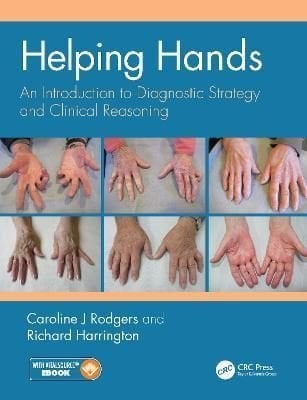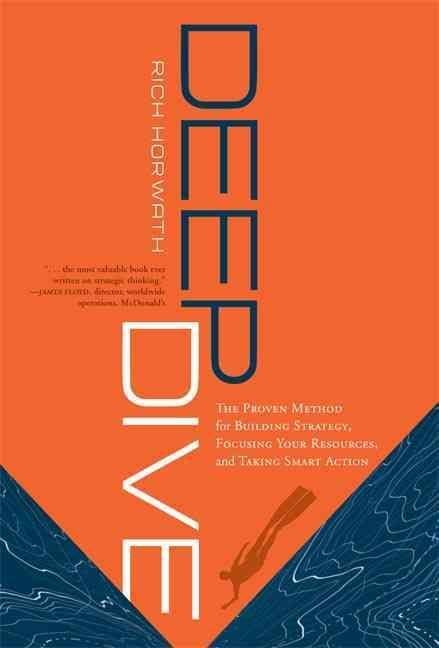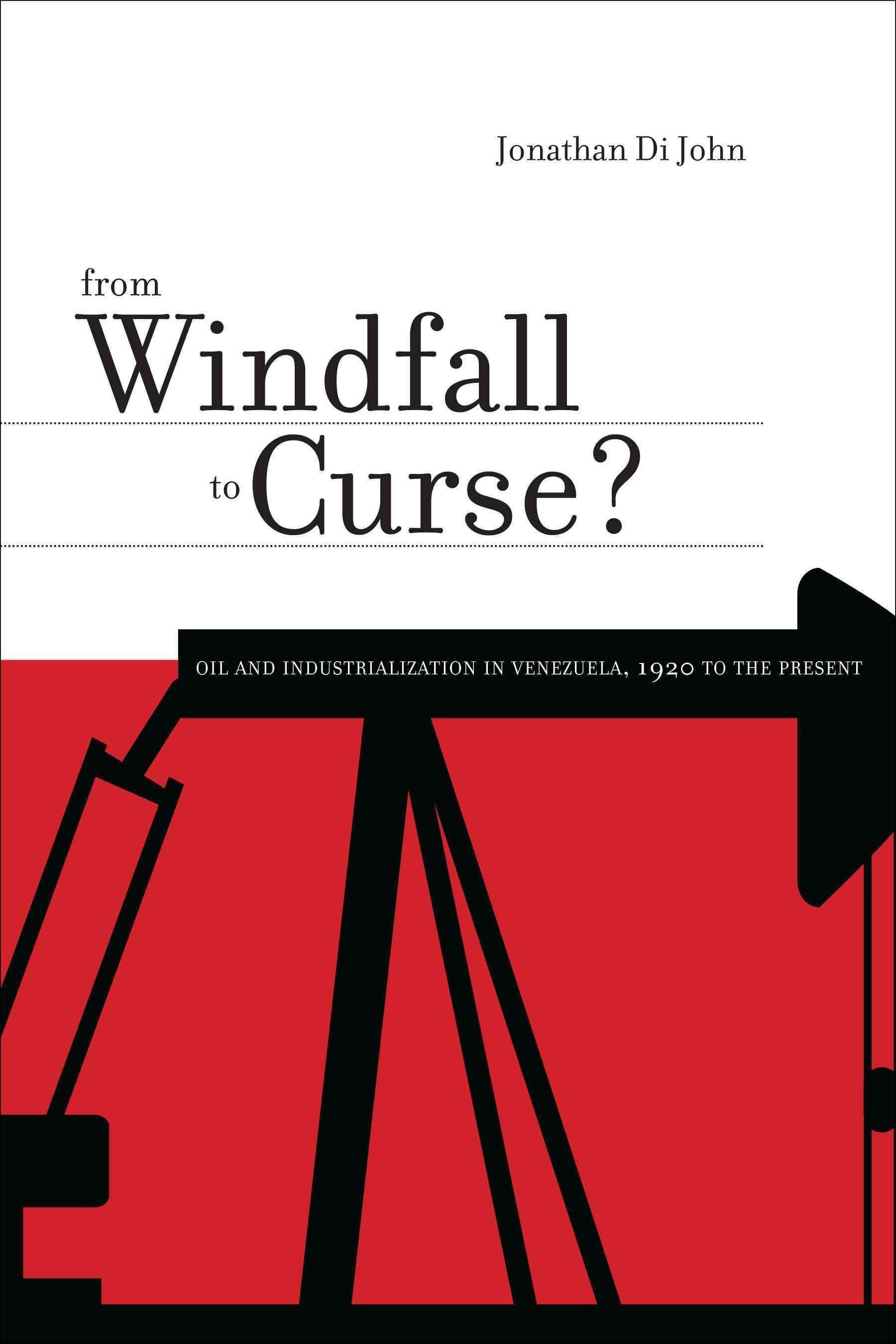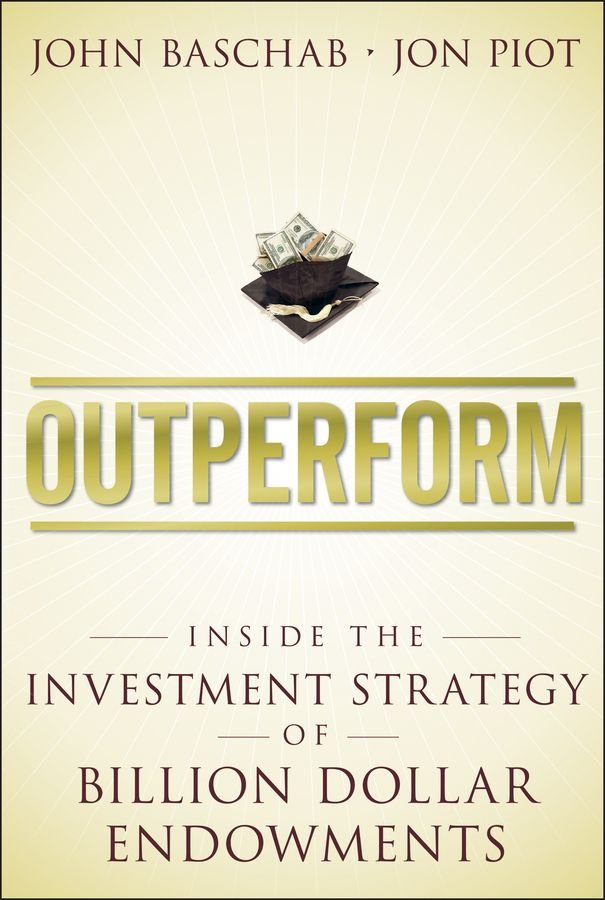This book provides a comprehensive overview of the cascade of events activated in the body following the implant of biomaterials and devices. It is one of the first books to shed light on the role of the host immune response on therapeutic efficacy, and reviews the state-of-the-art for both basic science and medical applications. The text examines advantages and disadvantages of the use of synthetic versus natural biomaterials. Particular emphasis is placed on the role of biomimicry in the development of smart strategies able to modulate infiltrating immune cells, thus reducing side effects (such as acute and chronic inflammation, fibrosis and/or implant rejection) and improving the therapeutic outcome (healing, tissue restoration). Current cutting-edge approaches in tissue engineering, regenerative medicine, and nanomedicine offer the latest insights into the role immunomodulation in improving tolerance during tissue transplant in the treatment of orthopaedic, pancreatic, and hepatic diseases. “Immune Response to Implanted Materials and Devices” is intended for an audience of graduate students and professional researchers in both academia and industry interested in the development of smart strategies, which are able to exploit the self-healing properties of the body and achieve functional tissue restoration.












